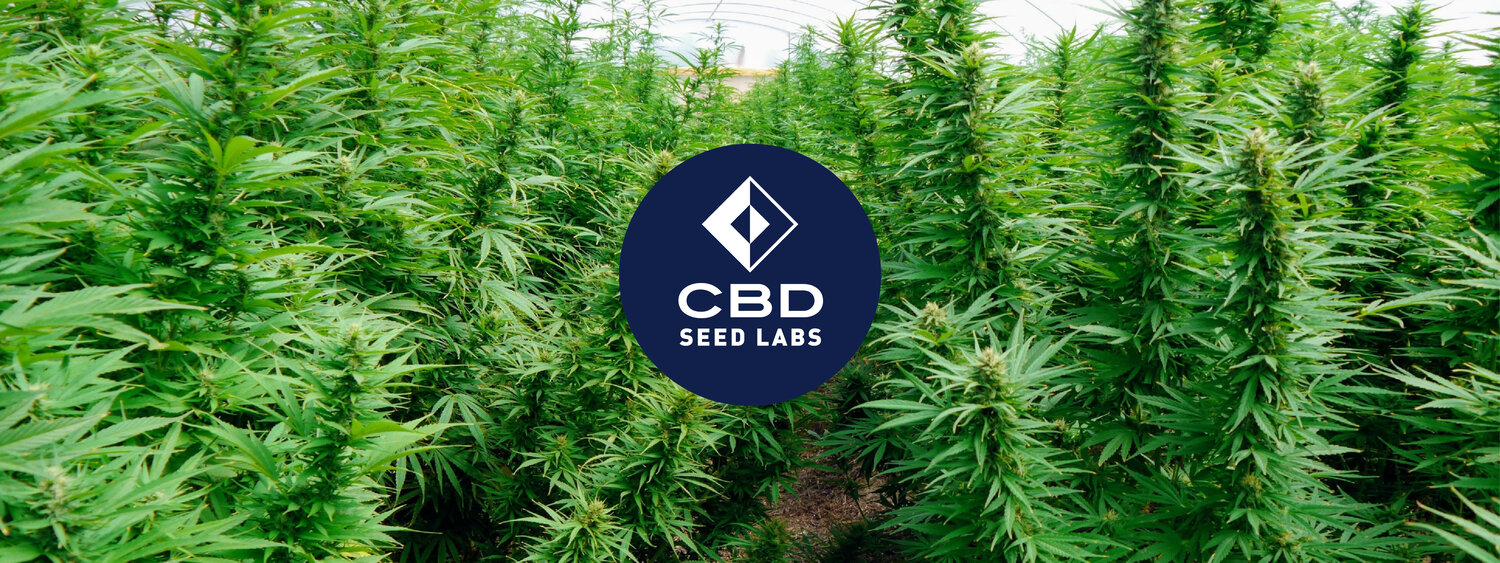Hemp is often touted as a super-crop with myriad uses. So what does it take to grow it? Here's an overview.
On a recent road trip through eastern North Carolina, a land of giant soybean fields and industrial hog farms, I passed the time by reading the nearly constant stream of billboards along the highway. “God Bless the Farmer, He Blesses You Three Times a Day,” read one, as I whizzed down I-40 toward Wilmington. “Repent and Believe in Jesus and You Will Be Saved,” encouraged another.
Amid the religious exhortations and pork-themed advertising – one billboard with a giant image of grilled sausages declared pork “The Heart and Soul of Our Communities” – was a marketing message I never expected to see: a giant billboard that said, simply, “Hemp Farmers Wanted.” Driving by at 70 miles-per-hour, I did a quick double take to make sure I’d read that right.
Hemp, which refers to strains of Cannabis that lack enough THC to get you high, but have a long history of use in products ranging from food and cosmetics to textiles and building materials, is one of the oldest cultivated crops on Earth, and featured prominently on colonial era farms in the U.S. But it was effectively banned from commercial cultivation by the federal government in 1957 amid a period of anti-marijuana hysteria
Article wtritten by Brian Barth and originally appeared in Modern Farmer Read more here
